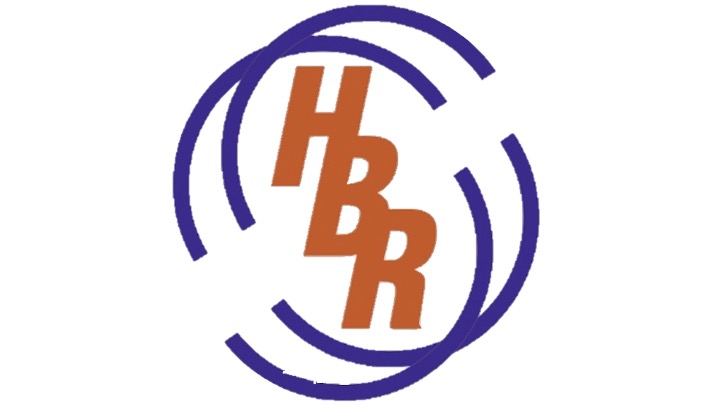Induction Coils: How Do They Work?
An induction power supply is used in an induction heating system. To an alternating current, it converts line power and delivers it to a work head. The other part of an induction heating system consists of a work coil which, within the induction coil, generates an electromagnetic field. Within the coil, the workpiece is positioned so that, in the workpiece, a current is induced by the field. This, as a result, produces heat.
Induction Coils
Nicholas Callan first created an induction coil in 1836. It soon became the first type of transformer courtesy of work done by others, including Charles Grafton Page.
A water-cooled coil can be found bordering or around a workpiece. The workpiece and the coil do not come into contact. Through the workpiece, induced current transmission produces heat. The workpiece can be made from materials (metals) such as the following:
- Brass
- Steel
- Aluminum
- Copper
Semiconductors can include:
- Silicon carbide
- Carbon
- Graphite
Induction can also be used to heat glass or plastic (nonconductive materials). First, an electronically conductive susceptor is heated. Then, to the nonconducting material, the heat passes.
How Induction Heating Works
When a workpiece has to be heated, energy is transferred to it courtesy of a coil’s electromagnetic field (which is produced by induction). Along a wire, an electrical current passes. Around that wire, a magnetic field is produced.
Induction has numerous benefits including the following:
- Due to accurate heating, prolonged life of fixturing
- There is no flame, so it offers safe heating
- Repeatable, accurate heating
- Quick and efficient heating
Induction Coils – How Do They Work?
Courtesy of a work coil and an alternating electric field, you can transmit energy to a workpiece.
Via a coil, alternating current passes and produces an electromagnetic field. As a mirror image, this induces a current passing into the workpiece. As part of the induction heating system, the inductor/work coil displays the efficiency and effectiveness of the heated workpiece.
Applications for Induction
In processes where temperatures are as high as 5432°F (3000°C) and as low as 212°F (100°C), induction heating finds applications. For heating processes that are shorter than a second (short processes), it can be used. It can also be applied in instances where, over several months, heating processes extend.
In both commercial and domestic cooking, induction heating is used. Additional applications consist of the following:
- Research and development
- Curing
- Brazing
- Sealing
- Industry shrink fitting
- Melting
- Welding preheats
- Soldering
- Heat treating and more
In Search of an Induction Coil?
Are you searching for prototypes, low-volume production runs, or custom coil assemblies? If so, HBR Industries, Inc. will use our manufacturing services to provide you with what you need. Since being founded in Silicon Valley in 1979, we’ve become a leading wound coil product manufacturer. We’ll provide your company with flat wire coils, bobbin coils, electromagnetic coils, water coils, air coils, and many other coil types. We work with numerous tube and solid materials ranging in size from 1.25” OD down to 0.125” OD, including metal coil materials.
Almost any coil-related problem you’ve encountered can be solved with the solutions offered by our experienced team. If you have any questions, please give us a call at 408-988-0800. You can also use our convenient online form to start a conversation with one of our representatives.

